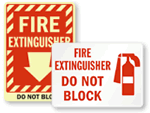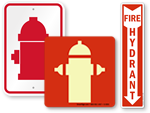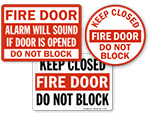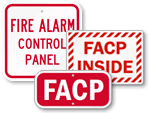A.
The placement of fire extinguishers depends on the type and size of fire likely to occur at a workplace based on the combustibles present. These combustibles are divided into classes A, B, C, D, and K, and the type and spacing of extinguishers vary across these classes.
Class A combustible material containing places such as offices, classrooms, and assembly halls are required to have a 2-A extinguisher for every 3,000 square feet. These should be placed within a 75-feet travel distance of each employee.
Places such as manufacturing units, research areas, warehouses, workshops, etc., which contain Class B combustibles, should place extinguishers so that employees can reach them without traveling farther than 50-feet. Hazard levels for this category are divided into low, moderate, and high, with different extinguisher types and spacing requirements for each level.
Establishments that use energized electrical equipment should be equipped with Class C extinguishers, the type and spacing of which depends on hazards covered under Class A or B hazard.
Class D extinguishers are required to be placed 75 feet from the hazard in places where combustible metal powders, flakes, shavings, or similarly sized materials are generated at least once every two weeks.
Places at risk of fire from cooking substances such as vegetable/animal oils and fats must install Class K extinguishers within a 30-feet travel distance.
This OSHA resource provides detailed information about the correct placement and spacing of fire extinguishers.

















